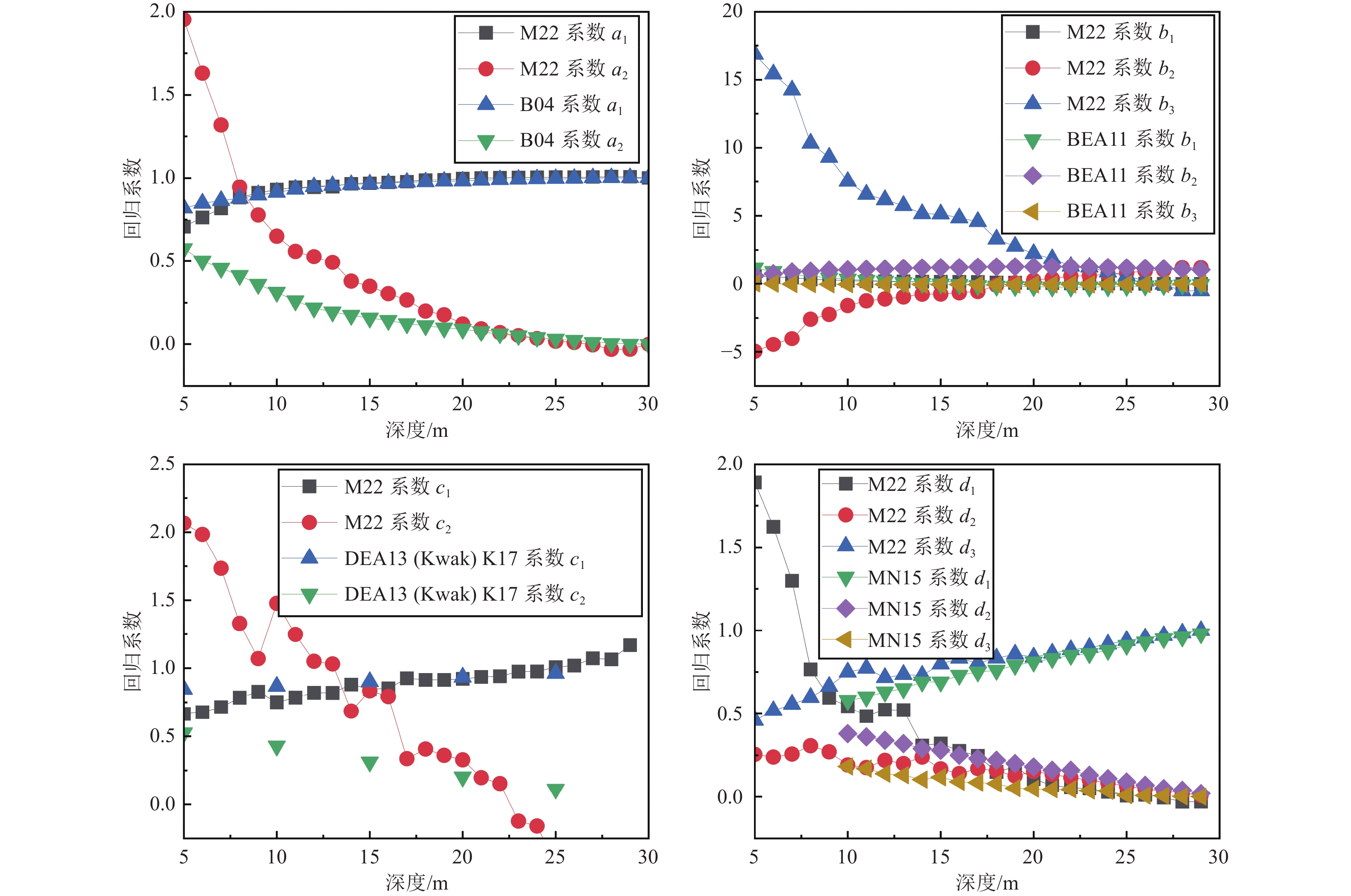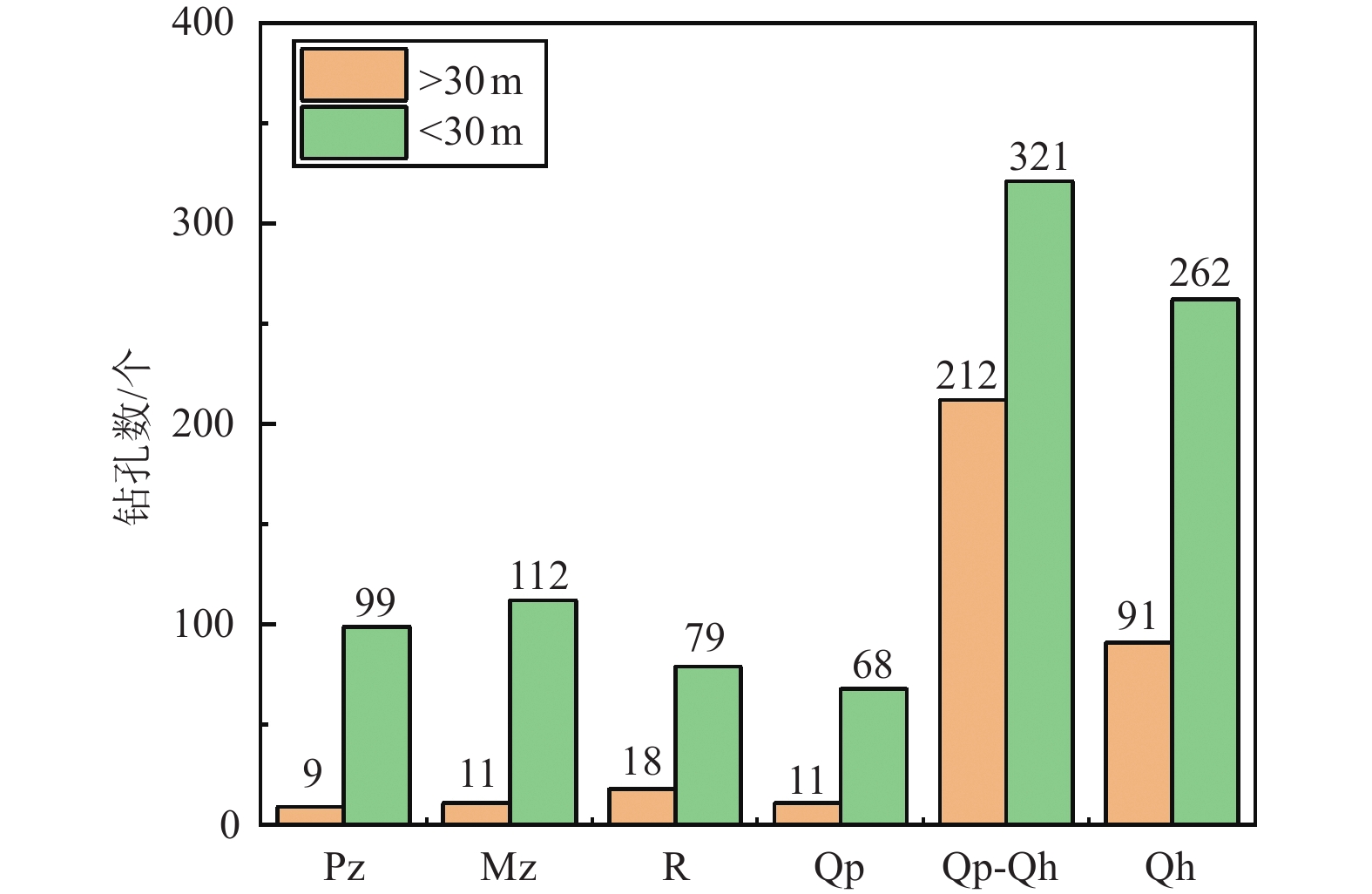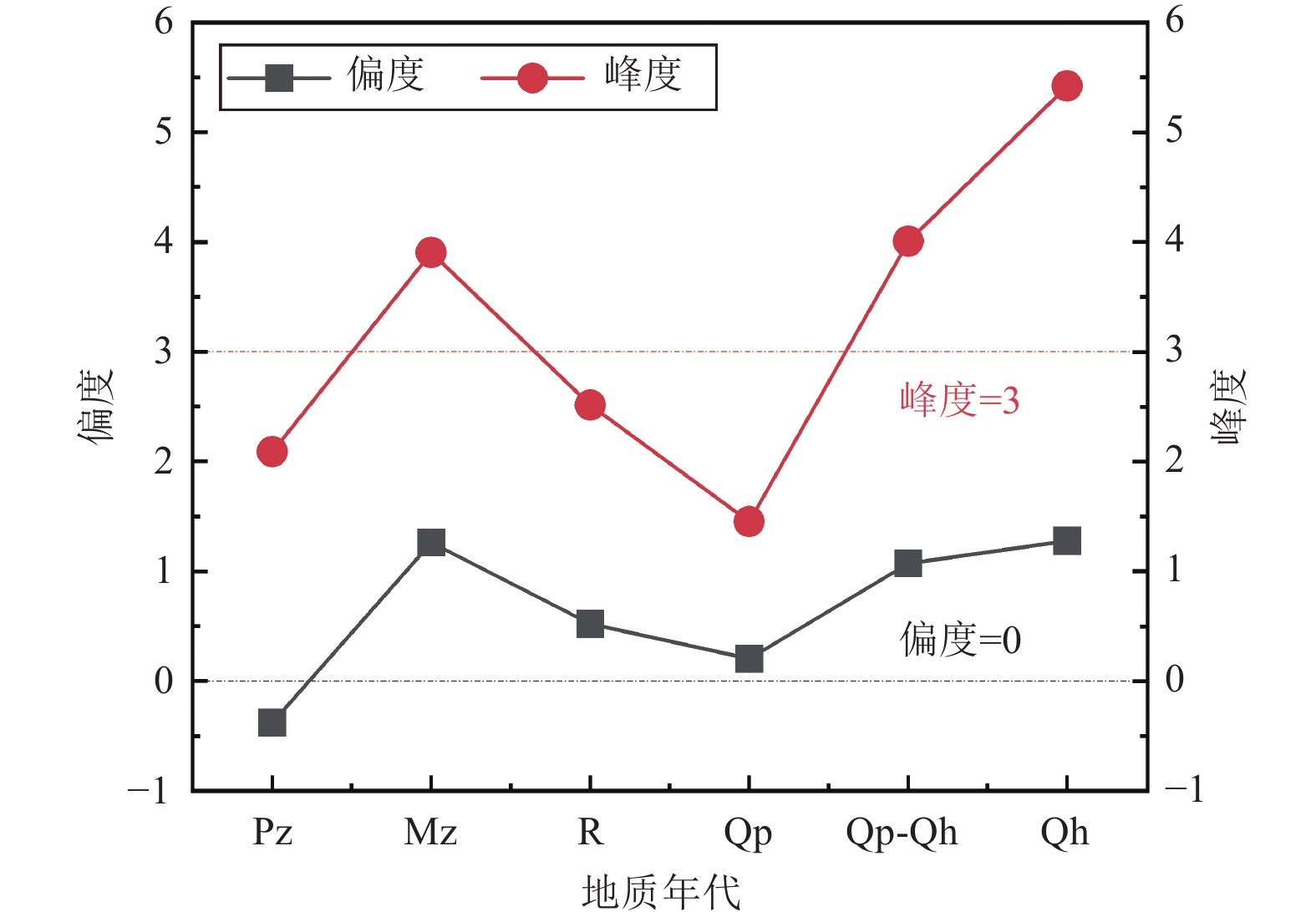|
陈兰生, 冀昆, 温瑞智等, 2021. 考虑场地放大效应的全国地震危险分析. 地震工程与工程振动, 41(6): 177—185Chen L. S. , Ji K. , Wen R. Z. , et al. , 2021. Seismic hazard analysis for China considering site amplification effect. Earthquake Engineering and Engineering Dynamics, 41(6): 177—185. (in Chinese)
|
|
陈应, 2020. 基于地震动参数及网格化工程场地的地震危险性分析——以成都市为例. 南昌: 东华理工大学.Chen Y. , 2020. Seismic hazard analysis based on ground motion parameters and gridding engineering site-A case study of Chengdu. Nanchang: East China University of Technology. (in Chinese)
|
|
华永超, 2020. 基于场地周期的土体场地放大效应研究. 哈尔滨: 中国地震局工程力学研究所.Hua Y. C. , 2020. Study on soil site amplification effect based on site period. Harbin: Institute of Engineering Mechanics, China Earthquake Administration. (in Chinese)
|
|
李兵, 谢富仁, 黄金水等, 2022. 龙门山断裂带大邑地震空区地应力状态与地震危险性. 中国科学: 地球科学, 52(7): 1409—1418.Li B. , Xie F. R. , Huang J. S. , et al. , 2022. In situ stress state and seismic hazard in the Dayi seismic gap of the Longmenshan thrust belt. Science China Earth Sciences, 65(7): 1388—1398.
|
|
米欣雪, 2022. 一种场地VS30经验估计最佳模型的选用方法——以新疆地区为例. 见: 第十一届全国地震工程学术会议.Mi X. X. , 2022. A method for selecting the optimal model of VS30 empirical estimation: case study in Xinjiang area. In: Proceedings of the 11 th National Conference on Earthquake Engineering. (in Chinese)
|
|
缪铨生, 1997. 概率与数理统计. 上海: 华东师范大学出版社.
|
|
田禹, 2012. 基于偏度和峰度的正态性检验. 上海: 上海交通大学.Tian Y. , 2012. Tests for normality based on skewness and kurtosis. Shanghai: Shanghai Jiao Tong University. (in Chinese)
|
|
尹迪, 董培育, 曹建玲等, 2022. 川滇地区地震危险性数值分析. 地球物理学报, 65(5): 1612—1627 doi: 10.6038/cjg2022P0651Yin D. , Dong P. Y. , Cao J. L. , et al. , 2022. Numerical analysis of the seismic hazard in Sichuan-Yunnan region. Chinese Journal of Geophysics, 65(5): 1612—1627. (in Chinese) doi: 10.6038/cjg2022P0651
|
|
张雨婷, 2020. 基于我国地形与地质条件的场地分类方法研究. 哈尔滨: 中国地震局工程力学研究所.Zhang Y. T. , 2020. Site classification method based on topographical and geological characteristics in China. Harbin: Institute of Engineering Mechanics, China Earthquake Administration. (in Chinese)
|
|
翠川三郎, 野木淑裕, 2015. 深さ30 mまでの地盤の平均S波速度を深さの浅いデータから推定する方法について. 日本地震工学会論文集, 15(2): 91—96.Midorikawa S., Nogi Y., 2015. Estimation of VS30 from shallow velocity profile. Journal of Japan Association for Earthquake Engineering, 15(2): 91—96. (in Japanese)
|
|
Boore D. M. , 2004. Estimating V̄s(30) (or NEHRP site classes) from shallow velocity models (depths<30 m). Bulletin of the Seismological Society of America, 94(2): 591—597. doi: 10.1785/0120030105
|
|
Boore D. M. , Thompson E. M. , Cadet H. , 2011. Regional correlations of VS30 and velocities averaged over depths less than and greater than 30 meters. Bulletin of the Seismological Society of America, 101(6): 3046—3059. doi: 10.1785/0120110071
|
|
Dai Z. J. , Li X. J. , Hou C. L. , 2013. A shear-wave velocity model for VS30 estimation based on a conditional independence property. Bulletin of the Seismological Society of America, 103(6): 3354—3361. doi: 10.1785/0120130025
|
|
Kwak D. Y., Ancheta T. D., Mitra D., et al., 2017. Performance evaluation of VSZ-to-VS30 correlation methods using global VS profile database. In: Proceedings of the 3 rd International Conference on Performance-Based Design in Earthquake Geotechnical Engineering. Vancouver, 399.
|
|
Thompson E. M., Wald D. J., 2012. Developing VS30 site-condition maps by combining observations with geologic and topographic constraints. In: Proceedings of the 15 th World Conference on Earthquake Engineering. Lisbon, Portugal: IEM.
|




 下载:
下载:








